So, on February 8, 2021, Tesla announced investing $1.2 billion in bitcoin. This drove the crypto space into a frenzy, attracting the attention of both seasoned and inexperienced investors alike, driving up the bitcoin price to all-time highs. But this has happened before. Is bitcoin finally here to stay?
If you’ve not been living under a rock, you may have heard about bitcoin over the years. It’s made headlines in and out of the news and in the financial markets over time. Now again, the crypto-nerds are at it and you probably hear something about bitcoin everywhere you go.
So let’s take a look at Bitcoin, its history, its purpose, and why its price is suddenly rising yet again. Then we can discuss what bitcoin actually means to Tesla and if it’s the right investment for you.
IN THIS ARTICLE
- Why are U.S. investors scared of hyperinflation?
- But, can the U.S dollar suddenly lose 50% of its value?
- Well, is the U.S. economy anywhere near hyperinflation?
- Final Word
What is Bitcoin?

Bitcoin is a type of cryptocurrency. The “crypto” is from the word cryptography, the art of creating and solving codes to secure information, while currency means money.
Essentially, bitcoin is digital money that you can exchange for goods and services. Yeah, like the dollar, pounds sterling, euro, and other currencies, but with a few differences.
Conventional/Fiat currency, e.g., the dollar, is backed and regulated by the government that issues it. That means the central bank is in charge of printing the money and controls the distribution.
On the other hand, cryptocurrency has no regulating body or centralized control. It’s free from government control, requires no middlemen, and it has a fixed supply. People create cryptocurrencies, and Bitcoin was the first-ever cryptocurrency made.
Why was Bitcoin created? Bitcoin was built in 2009 as an efficient means of transferring money over the internet free of centralized regulation with full transparency.
Further Reading:
- How to Start Investing Your Money Like a Pro – The beginner’s guide
- Investing For Beginners With Little Money- 13 Easy Ways To Invest
How Has Bitcoin Price Behaved in the Past?
Bitcoin was once trading at $0.0008 at some point in 2010, barely 10 years later, the price is at $46,850 today, on February 9, 2021.
Within those ten years, there have been massive rallies up and tremendous crashes of bitcoin’s price.
| Period | Price Rise | Price Fall | ||
|---|---|---|---|---|
| 2011 | April – June $1 to $32 | ↑+3200% | November $2 | ↓-94% |
| 2013 | Jan – Beginning of April $13.40 to $220 Oct – Dec $123.20 to $1156.10 | ↑+1542% ↑+846% | Mid-April $70 Early 2015 $315 | ↓-68.18% ↓–72.75% |
| 2017-2018 | March – December $975.70 to $20,089 | ↑+1960% | December 2018 $3164 | ↓-84.25% |
What’s Affecting the Price Now in 2021? Why is Bitcoin Going Up?
Price soared from $7600 at the start of 2020 by 518% to $47,000 in Feb 2021.
So what exactly is going on with bitcoin? Why is it suddenly going crazy again? Why is everyone suddenly saying it’s going to make them super-rich?
You can see that bitcoin’s price rose and crashed a couple of times in history, so it’s nothing new. However, this time everyone swears it’s different. While there’s some truth to this, you have to understand the full picture first.

Here’s what’s different:
It has to do with economics. Yeah yeah, uninteresting topic. However, if you don’t want to get caught off-guard by the impact of the government’s monetary policies, you really want to understand how cash flows within the economy.
Money is not constant, and there are consequences of changes in the quantities of money that affect you and me, the little guys.
Anyway, so for our very quick economics lesson, let’s talk about inflation, hyperinflation, and currency depreciation. I promise it’s related to why bitcoin is skyrocketing.
In simple terms, inflation measures an increase in the prices of goods and services.
Here are some reasons why inflation occurs:
- Cost of production increases, leading to an increase in the prices of goods and services, or
- A sudden increase in demand for the same supply of goods. This usually happens when the economy is doing well, and there’s a lot of money in consumers’ hands to spend.
- When Government stimulates the economy by increasing its spending, this spending is usually financed by the government taking on more debt. This, in turn, leads to the Federal Reserve printing more money to cover this debt.
The 3rd item is the issue in today’s economic climate. The coronavirus pandemic dealt a huge blow to the economy. The government has basically bailed out the economy by pumping money into businesses and consumers’ hands (which causes a domino effect and initiates the 2nd item).
This series of events is causing investors and speculators alike to lose trust and confidence in the U.S. dollar. Why?
Fear of hyperinflation. Hyperinflation is simply inflation on steroids. This happens when inflation goes way out of hand, and the hyperinflated economy’s currency barely holds any value.
Why are U.S. investors scared of hyperinflation?
Because excessive money printing by the central banks of governments is directly related to hyperinflation.
Remember your stimulus checks and all the trillions of dollars used to bail out businesses and prop up the economy? All of that is funded by the Federal Reserve, which simply prints more money to foot the bill.
Here’s a simple picture to help you understand what I mean.
With all the stimulus checks and unemployment benefits putting more money in the hands of consumers, and interest rates at an all-time low, loans are cheap, mortgages are attractive to both domestic and international investors alike.
2021 is projected to see more home sales than any year since 2006, with an annual sales growth of over 10%. Consumer spending is expected to grow at its fastest rate in over five years in 2021.
Consequently, investors are losing faith in cash.
You may have heard the phrase “dump your cash†being thrown around recently. Investors are getting rid of cash and trading cash for investments in the stock market, gold,…bitcoin, and anything to preserve value and beat inflation. It’s why the stock market keeps booming against the odds of a lagging economy.
So that’s what investors are afraid of; the U.S. Dollar depreciating and losing significant value if hyperinflation happens.
But, can the U.S dollar suddenly lose 50% of its value?
The Federal Reserve monitors inflation and either tightens or loosens up the money supply to make sure inflation is kept under control.
However, several currencies have failed in the past, so it’s definitely not unprecedented (unlike this pandemic; I’ve heard the word unprecedented more times in the past year than ever before), and they can fail again.

For example, Germany suffered hyperinflation in 1923 after World War I. The German currency, D-mark, went from 4 marks to the dollar to 1 trillion marks to the dollar. Boom! Money became useless.
Venezuela is currently dealing with hyperinflation. In 2018, inflation was at 65,000%, and its currency, the bolivar, lost all value that people began using eggs as currency.
The United States itself has suffered hyperinflation once during the civil war in the 1860s. Still, it has since created the federal reserve and monetary policies to monitor inflation and make sure it doesn’t go beyond 2% annually.
Well, is the U.S. economy anywhere near hyperinflation?
For one, the USD is the most widely used reserve currency globally, with 60% of central bank currency reserves held in dollars. More than 85% of the world’s foreign exchange transactions are done in dollars.
So if USD goes kablooey tomorrow, we’ll be talking about not just a U.S economy collapse but a worldwide economic turmoil. But let’s leave such complex analyses to the economics researchers and analysts.
Anyway, to answer the real question, as of December 2020, the inflation rate in the U.S is 0.4%, which is not even close to the 2% max inflation target set by the Federal Reserve. So, no, we’re nowhere close to hyperinflation yet, which happens when the inflation rate goes above 50% within a single month.
However, high inflation is still a possibility if money printing goes out of control. So, of course, diversify your assets to preserve the value of your purchasing power.
So you ask again, what exactly is causing Bitcoin’s price surge?

Bitcoin’s previous rally in prices had resulted from retail speculators (individuals) swearing by the technology and how it’s the currency of the future. However, there are still many pieces to solve for people to widely accept and use bitcoin seamlessly.
The previous bubbles have been because of the sporadic bitcoin crusades that occur when improvements to bitcoin technologies are made. This leads to many new converts that suddenly decide to leap, and the existing bitcoin fans double down, which, in turn, causes the price to rise.
Because as we’ve just discussed, rise in demand = rise in prices, right? Then the hype dies, and some exit the market either with gains or losses. And the price plummets.
Well, the coronavirus pandemic, as we’ve seen, led to a brief halt in the economy, and the government had to stimulate the economy by printing money to prop the economy. So the worries about hyperinflation have started to arise.
In the past (and up till now), gold was what people turned to when faith in the dollar starts to dwindle, usually because of gold’s inherent value that’s lasted over the past hundred years.
In fact, all currencies were placed on the gold standard at some point (that means, every currency that exists had an actual gold equivalent that backed it up), but that’s gone now.
However, this time, institutions and some public-traded companies are also starting to consider Bitcoin, apart from gold, as a possible viable currency that can survive inflation due to the promise of its finite supply.

Long story short, these large players investing in cryptocurrency are doing so as a hedge against hyperinflation. They’re basically saying, if the USD loses value, then at least they have some of their assets in bitcoin (a store of value).
Again, with limited supply, increase in demand = increase in price.
But like I said, it’s a hedge. A hedge is used to limit your exposure to the risks associated with an investment—that’s a risk management strategy. So, Bitcoin for many of these institutions is a portfolio-diversifying asset.
Tell me about Tesla’s recent Bitcoin Purchase
So, the almighty Tesla, put $1.5 billion of its spare cash into bitcoin recently, making it the first non-Fintech company or non-hedgefund to invest heavily in bitcoin.
Now, there are three very important things to note about Tesla’s bitcoin play.
- Tesla says it’ll treat bitcoin as an intangible asset with long-term value. So, in other words, play money (or watch-and-see money, if you will). In contrast, stocks and bonds are tangible assets.
- Tesla says it’ll soon start accepting bitcoin as payment for its electric cars in a limited way.
- The bitcoin purchase is 7.7% of Tesla’s $19.384 billion cash holdings.
While this is a big move and provides some legitimacy to bitcoin in the crypto space, clearly, this is a strategy for Tesla (an experiment, for lack of a better term). And they’re ready to stay in it through the price rollercoaster. But note that this investment is only 7.7% of Tesla’s spare cash.
So if you were thinking of the get-rich-quick route of pouring all your savings of $15,000 into bitcoin and watching the millions roll in, think again.
In the past, many people had thought this way, bought bitcoin at the peak-end of one of the prior bubbles, watched the prices plummet, and ended in premium tears when they sold at a loss.
So, how should you get into bitcoin, if at all?
“The True Believers†and the “In it for the Ride-ersâ€
If you do choose to buy some bitcoin, treat it like you would any other investment that can lose 80% of its value in one fell swoop…with extreme caution. Don’t put in money that you can’t afford to lose. Decide whether it’s 1% or 5% of your investment budget you’re going to use.
Ask yourself this: If you buy bitcoin today and the price drops by 50% tomorrow, will you hold on to it or will you panic and exit the market with a huge loss?
This brings me to my next statement.
There are two types of bitcoin players right now:
The True Believers

The True Believers actually have confidence in the principle and potential of Bitcoin to surpass fiat currency and become a widely used currency for everyday expenses.
These are the ones that are still holding on to their bitcoins from years ago or are buying now and looking to hold on to it for the next 10+, 20+ years.
The “In it for the ride-ers”

Then there are the traders that are more interested in the speculation and the volatility associated with it. They love the high fluctuations and seek to profit on both the price swing up and the price swing down.
These people want to catch the rallies and exit with quick gains. To them, bitcoin is just another asset to trade like a stock, but with a much higher risk.
They don’t care what happens to bitcoin at the end of the day. In fact, many think bitcoin will eventually be dead if and when regulatory bodies start to step in.
But don’t be fooled. The seasoned traders have full-fledged exit strategies, a set time horizon, and ways to manage their risks. I call these people the “in it for the ride-ers.†They know they might lose some money, and they prepare for it.
Oh, I forgot, there’s one more group. The ones that have no clue what they’re doing and are simply riding on the hype of the “next hottest money-makerâ€. More than likely, these are the ones that get burnt. Unfortunately, the majority of people jumping into bitcoin today are in this category.
Well, if you’re going to get into bitcoin, pick an actual side. Are you in it for the long haul or do you want to get some quick gains? Either way, educate yourself so you know what you’re doing. Otherwise, may the forces be with you on your casino adventure.
Final Word
Since many big players are going into bitcoin as a hedge against the dollar, does that mean that when the economy recovers, interest rates bounce back, and the dollar is yet again strengthened, that bitcoin price will go down? Well, that’s the economics of it all, but I’ll leave you to draw your conclusions.
When trading, usually the small investors lose. Mostly because trading really requires tons of research, great timing, and sometimes sheer luck. Much like the case of the recent GameStop frenzy. GameStop (GME) shot up from $18.83 to $483 in a matter of days due to hype.
An educated investor would see that GameStop is a money-losing video- and computer-game retailer with 5,000 stores facing a bleak future as game-buying shifts from physical products to digital downloads (as the LA Times puts it).
However, meme-investors probably joined the bandwagon too late, and now the GME stock is at $50 per share and still falling.
Bitcoin is super volatile, with significantly high and low swings with a very high possibility of catching the wrong end of a swing. You better know what you’re doing when investing with bitcoin. You will be better off making well-informed decisions on bitcoin by getting yourself educated and not merely going in headfirst.
So, are you a true believer of bitcoin, an experienced trader in it for the ride or are you clueless?


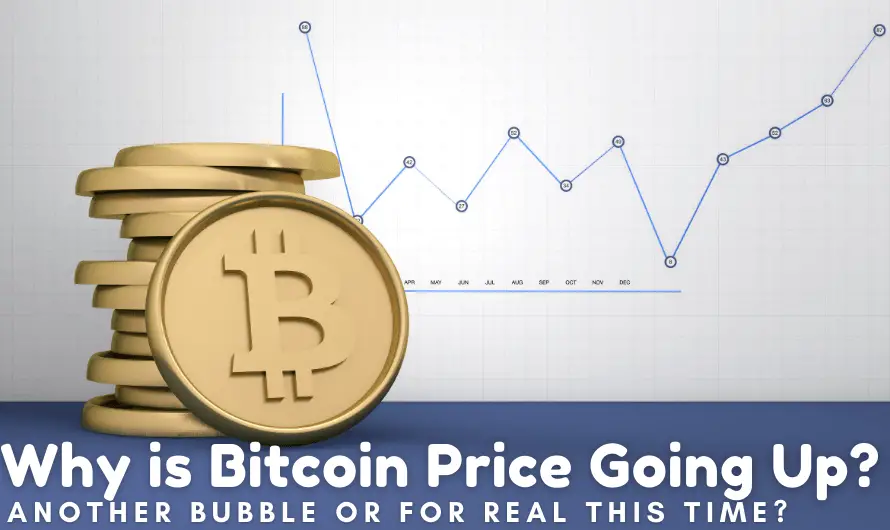
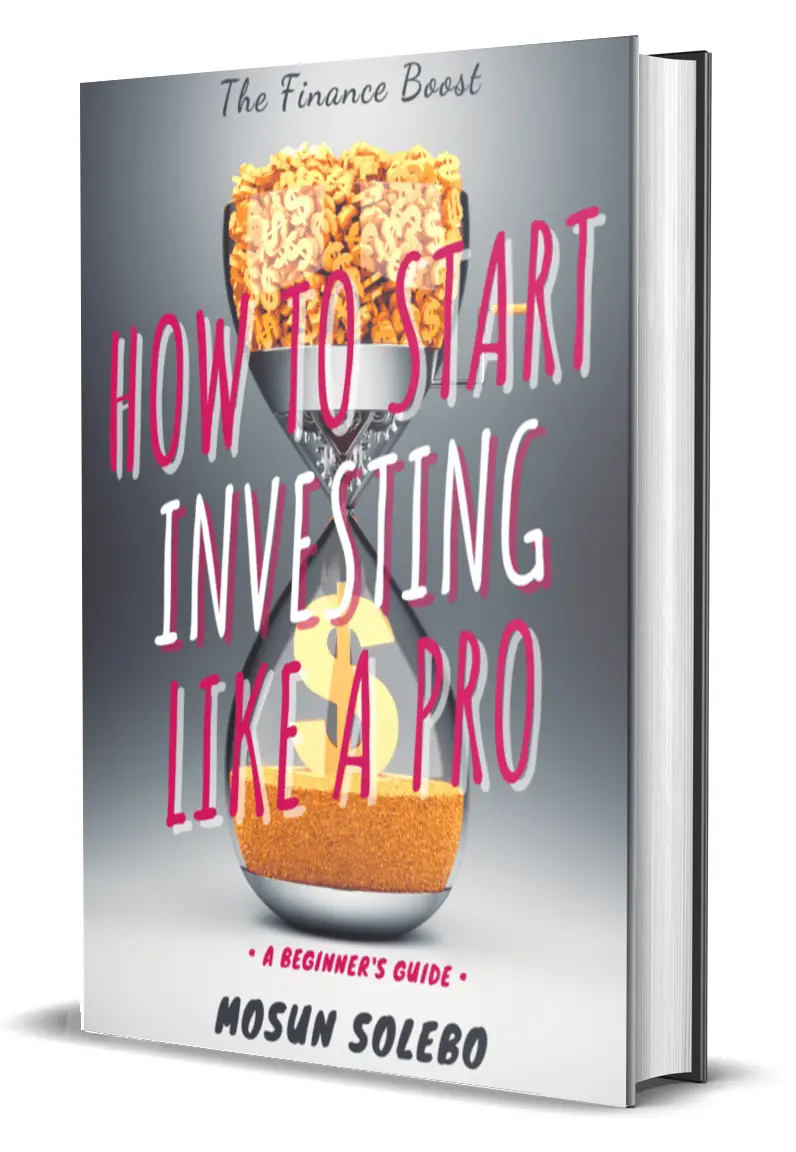



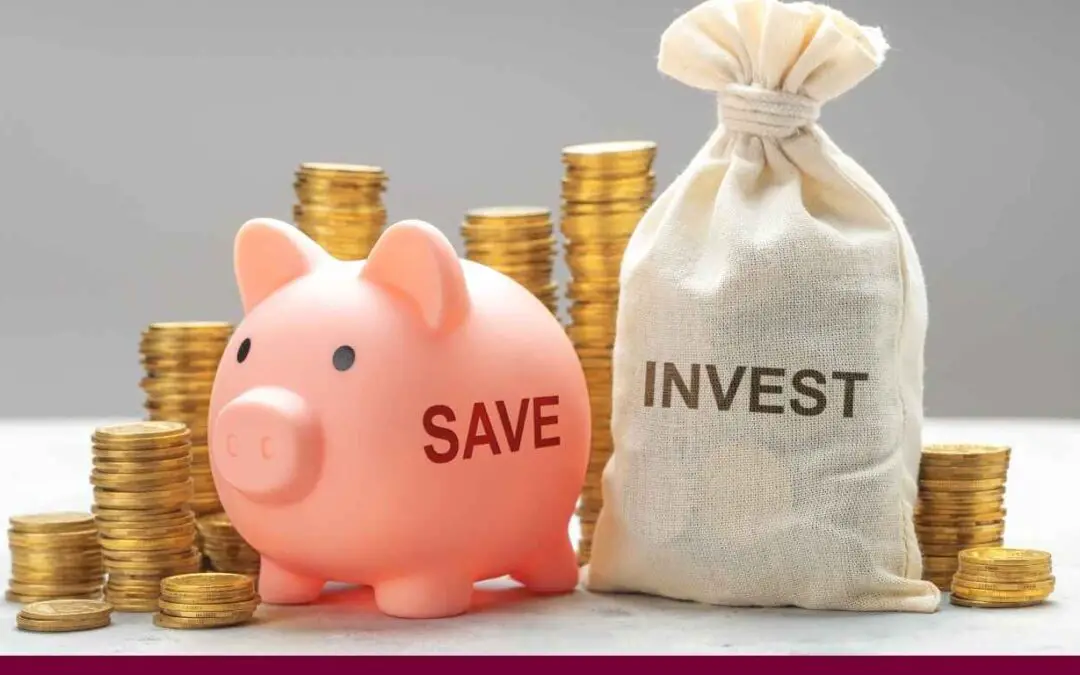
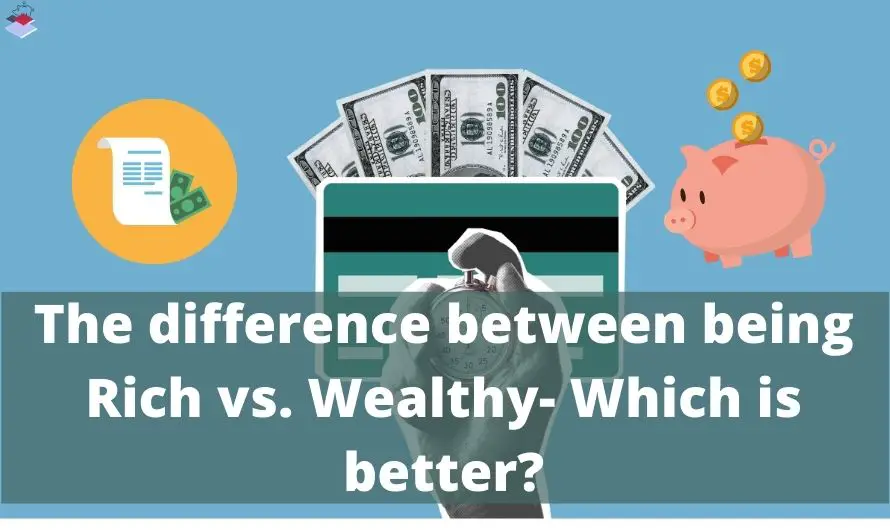

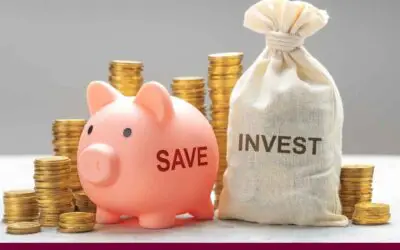

This has to be the most broken-down article I have read on cryptocurrency!!!!! many more people need to read this; especially the 3rd category of people as pointed out in the article. Thank you for constantly dishing out value!
It’s my absolute pleasure! It’s always best to get into something with all the facts.